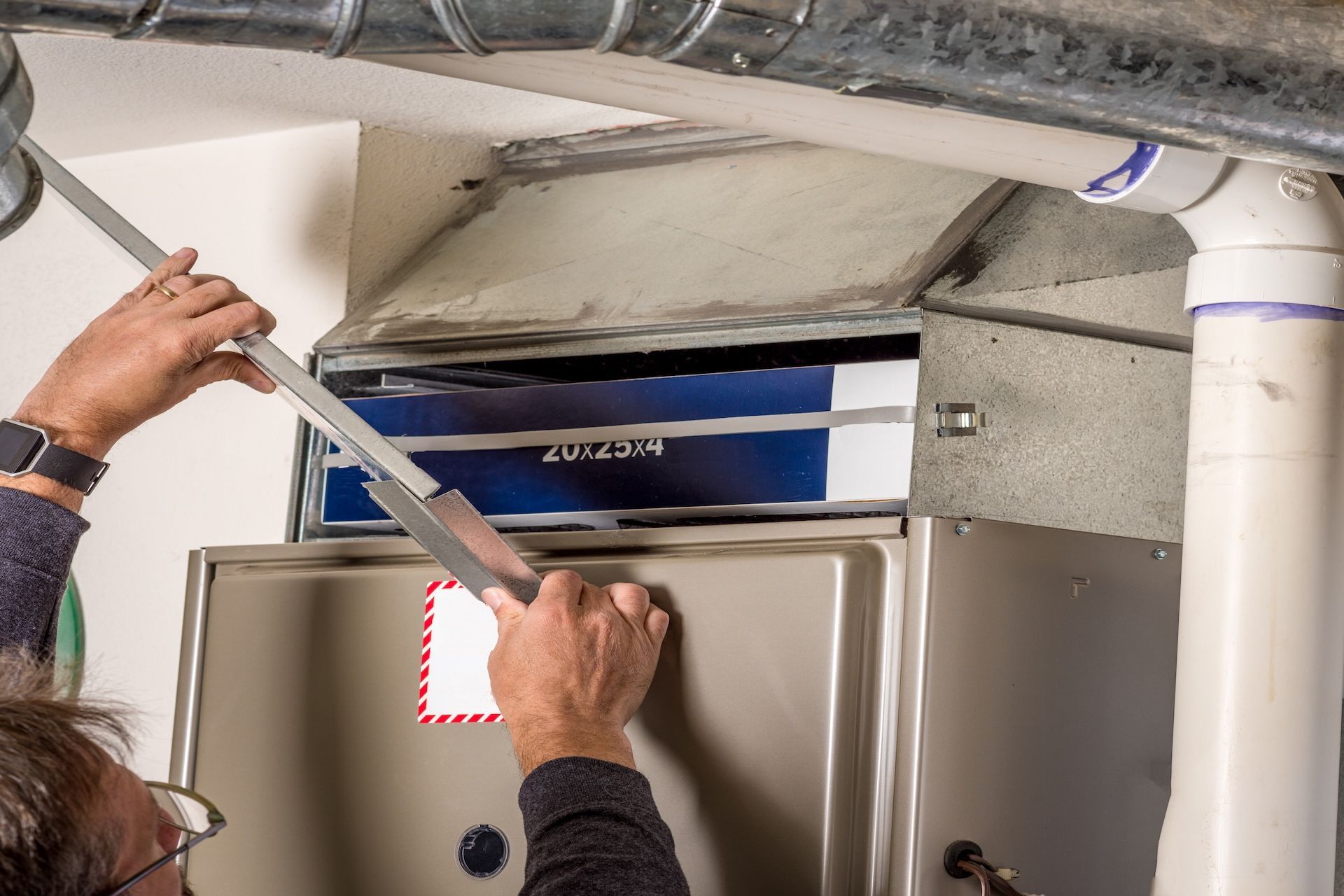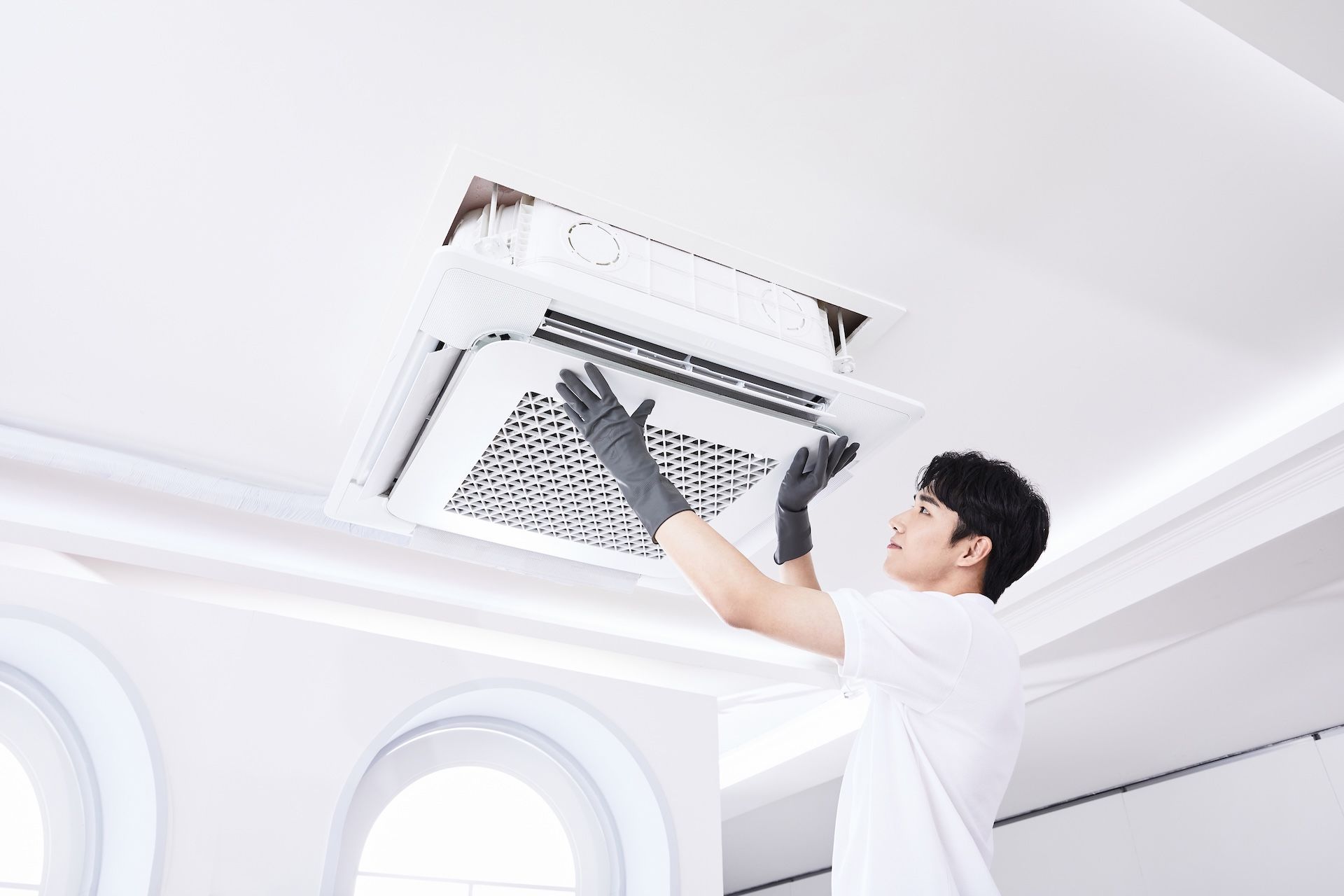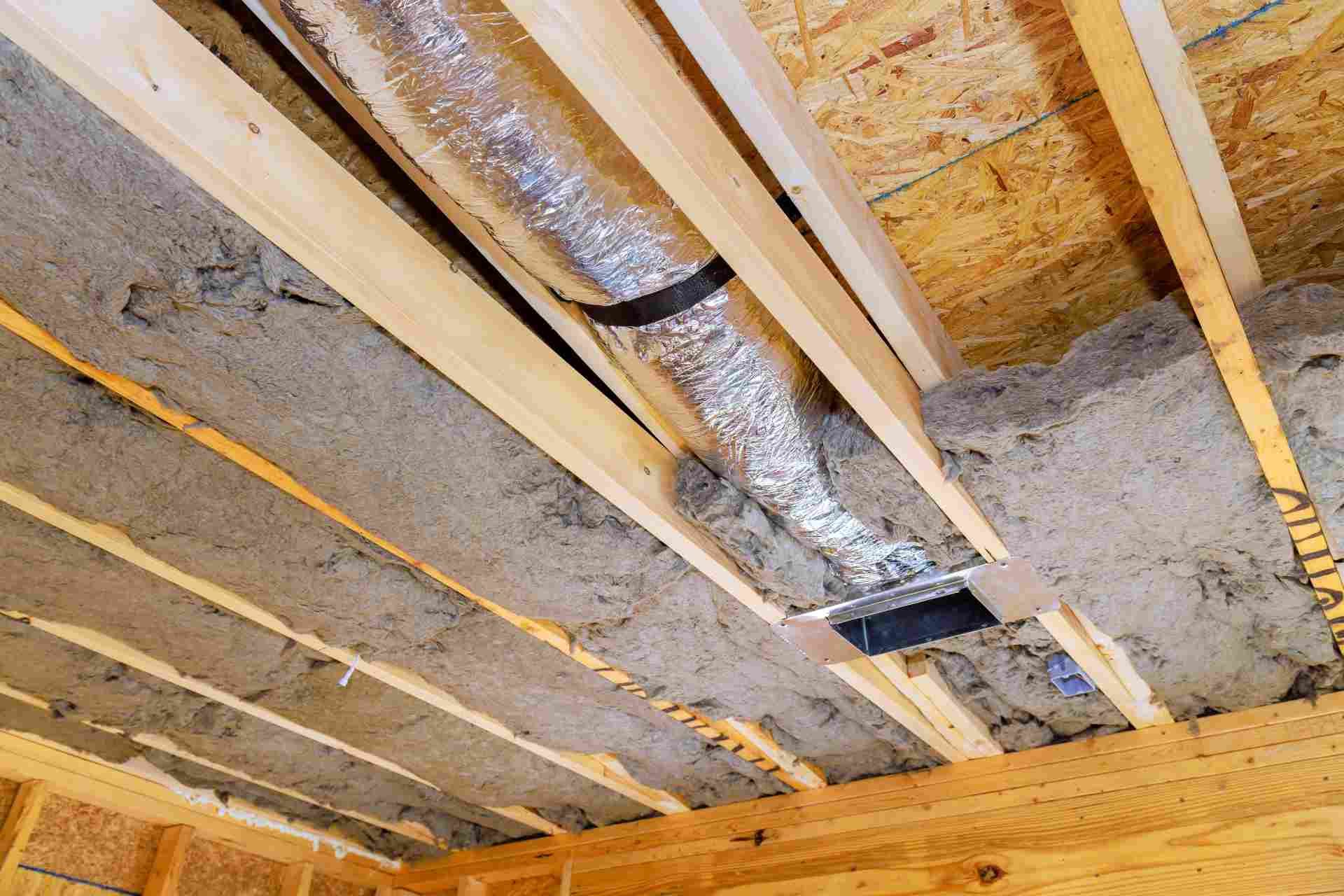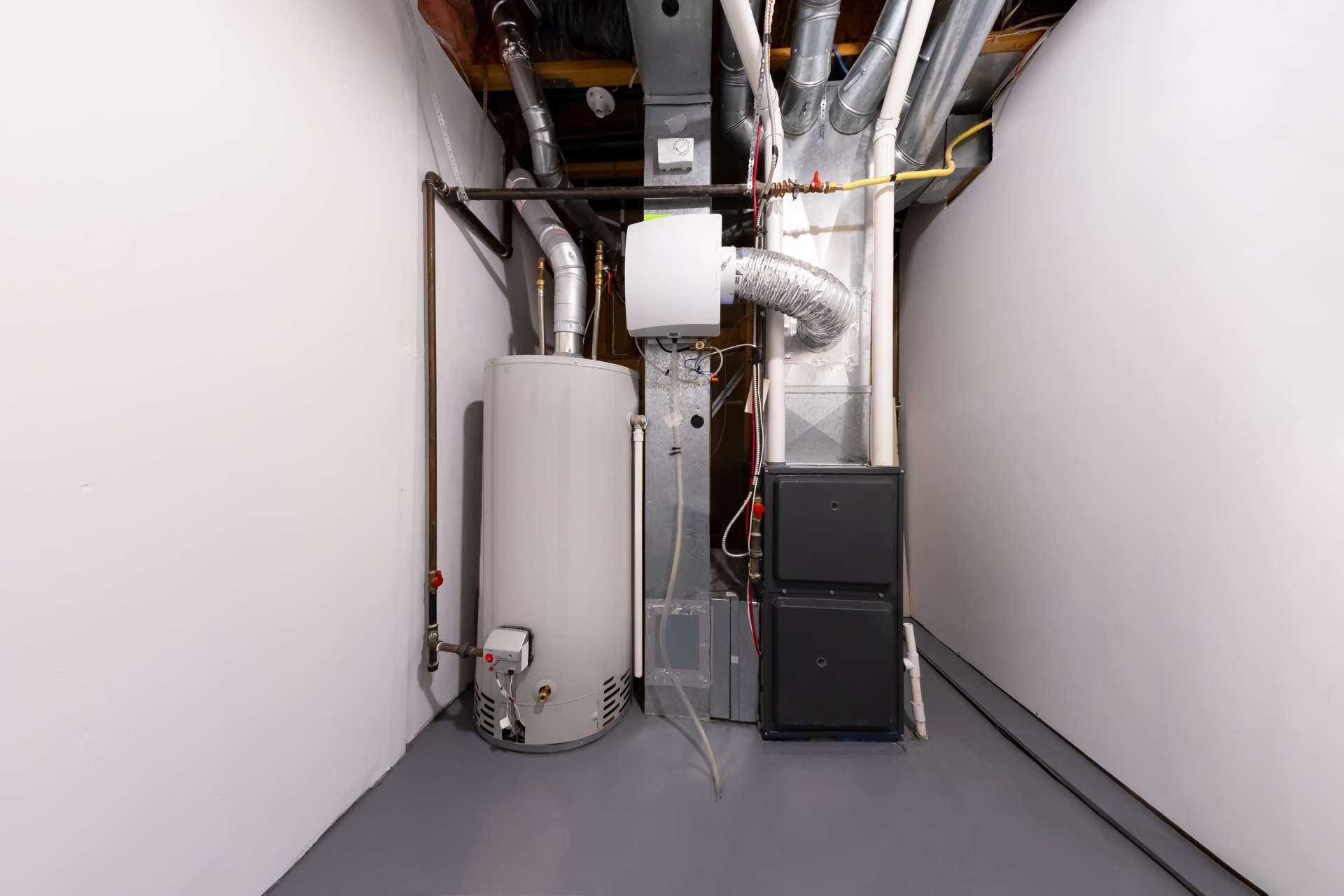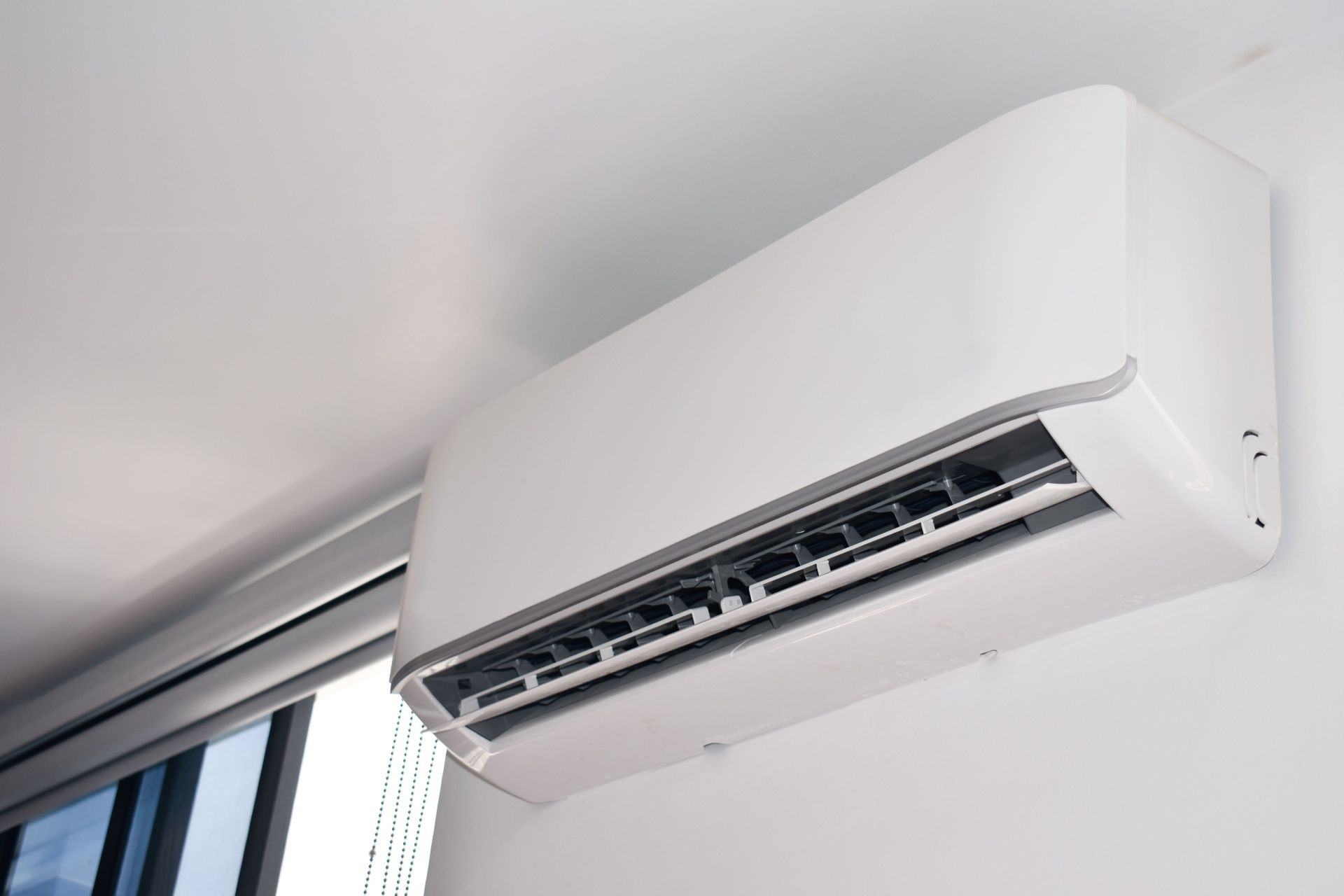Articles
HVAC Contractor Tips and Articles For Your Home
What is the Right Amount of Humidity in Your Home?
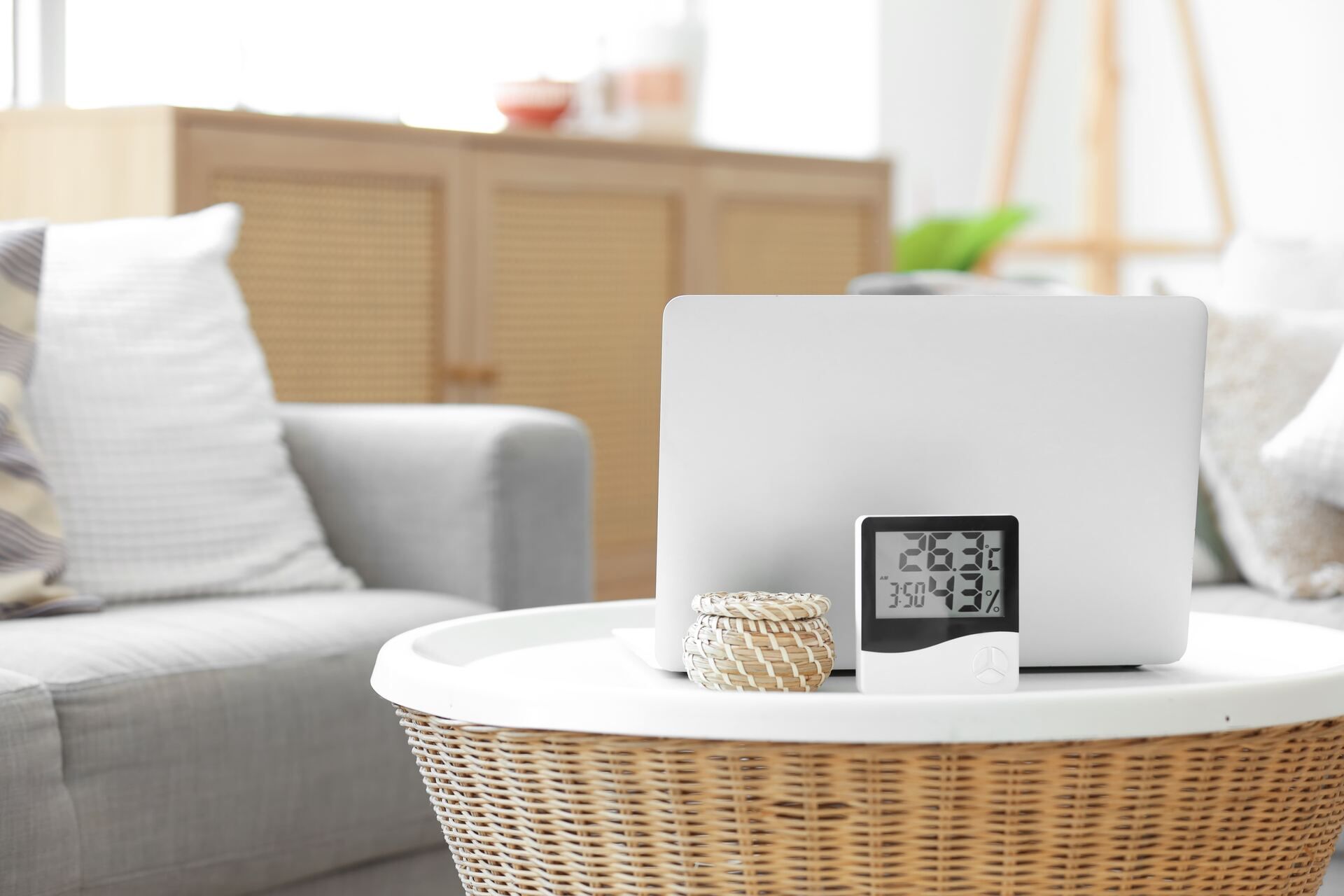
Keeping your home comfortable isn’t just about temperature. The amount of humidity in the air also matters—a lot. If your home is too dry or too damp, it can cause health problems, damage your belongings, and even make your heating and cooling systems work harder. So, how do you find the right balance? In this article, we’ll explain the right amount of humidity, how to check it, and how to improve your Indoor Air Quality using humidifiers and dehumidifiers.
What is Humidity?
Humidity is the amount of moisture (water vapor) in the air. You may hear the term RH humidity, which stands for Relative Humidity. RH is a percentage that tells you how much water vapor is in the air compared to how much the air can hold at that temperature.
For example, 50% RH means the air is holding half the moisture it can. Warmer air holds more moisture than cooler air, so RH changes depending on the temperature.
What is the Right RH Humidity Level for Your Home?
The ideal RH humidity level humidity level in house is usually between 30% and 50%. This range helps create a comfortable and healthy environment. Here’s why:
- Below 30% RH: The air is too dry. You may get dry skin, itchy eyes, sore throat, and static electricity. Wooden furniture and floors may crack or warp.
- Above 50% RH: The air is too damp. This can lead to mold, mildew, musty smells, and dust mites. It can also damage walls, ceilings, and floors.
Keeping your home’s humidity in the right range is key to Indoor Air Quality and comfort all year round.
Why Indoor Humidity Matters
Let’s look at some reasons why keeping the right humidity level in your home is so important:
1. Health
Humidity that is too high or too low can make allergies, asthma, and colds worse. Dry air can cause your nose and throat to feel dry, while too much moisture can help mold and dust mites grow.
2. Comfort
Have you ever felt cold even when the thermostat says it’s warm? Dry air can make your home feel colder than it is. On the other hand, humid air can feel sticky and heavy, especially in the summer.
3. Home Protection
Too much moisture can damage your paint, wallpaper, wood floors, and furniture. Dry air can do damage too—it can make wood crack and electronics more likely to get static shocks.
4. Energy Efficiency
If your air feels damp, you might turn the air conditioner higher than needed. If it’s too dry, you may turn up the heat. Keeping RH humidity at the right level can help your heating and cooling systems work more efficiently, saving money.
How to Measure RH Humidity in Your Home
You can use a tool called a hygrometer to measure your home’s RH humidity. Some thermostats even include this feature. Check RH levels in different rooms, especially basements, bathrooms, and kitchens, where humidity is usually higher
.
If you see signs like foggy windows, musty smells, or dry skin, your humidity level might be off. A hygrometer gives you the exact number, so you know what action to take.
How to Improve Indoor Air Quality With the Right Humidity
When RH humidity is too low or too high, there are easy ways to fix it. Let’s look at how humidifiers and dehumidifiers can help.
When the Air is Too Dry: Use a Humidifier
Humidifiers add moisture to the air. They are especially helpful in the winter when heating systems dry out indoor air.
Types of Humidifiers:
- Portable Humidifiers: These work in single rooms. They are good for bedrooms or small living areas.
- Whole-House Humidifiers: These connect to your HVAC system and control humidity for the entire home.
Benefits:
- Helps with dry skin, sore throat, and sinus problems
- Reduces static electricity
- Keeps wood furniture and floors from cracking
When the Air is Too Damp: Use a Dehumidifier
Dehumidifiers remove excess moisture from the air. These are great in summer or in damp places like basements.
Types of Dehumidifiers:
- Portable Dehumidifiers: These are easy to move and can be placed in rooms that feel sticky or smell musty.
- Whole-House Dehumidifiers: These also connect to your HVAC system to control the humidity in your entire house.
Benefits:
- Stops mold and mildew from growing
- Reduces dust mites
- Helps your home smell fresher and feel cooler
Seasonal Tips for Humidity Control
Winter
In cold weather, indoor air often becomes very dry. Use a humidifier to keep the RH humidity between 30% and 40%. Be careful not to go too high, or condensation can form on your windows and walls.
Summer
In hot, humid weather, your home’s RH humidity can go over 60%. That’s too high. Use dehumidifiers and air conditioning to bring it back down to 40–50%.
Signs Your Home’s Humidity Is Off
Here are some signs that your RH humidity is too low or too high:
Signs of Low Humidity (Too Dry):
- Dry, itchy skin
- Scratchy throat
- Nosebleeds
- Static shocks
- Cracked wood or paint
Signs of High Humidity (Too Damp):
- Mold or mildew smells
- Foggy windows
- Sticky or clammy air
- Water stains on ceilings or walls
- Increased allergy symptoms
If you notice any of these problems, it may be time to adjust your indoor humidity for better Indoor Air Quality and Indoor Air Improvement.
Extra Tips for Managing Humidity
- Ventilate Bathrooms and Kitchens: Use fans or open windows when cooking or showering to release moisture.
- Check for Leaks: Fix leaking pipes, roofs, or basement walls that let in moisture.
- Seal Your Home: Make sure doors and windows are sealed properly to keep outside humidity from coming in.
Use Plants Wisely: Some houseplants add moisture to the air, so be mindful if your home is already humid.
When to Call a Professional
If you’re struggling to keep the RH humidity level right, it might be time to call in an expert. HVAC professionals can check your system and recommend the best humidifiers and dehumidifiers for your space. They can also help with indoor air quality testing and whole-home solutions.
At Gleason, we specialize in helping homeowners keep their homes healthy, comfortable, and efficient year-round.
Conclusion
Keeping your home’s humidity between 30% and 50% is one of the best ways to improve Indoor Air Quality. Too much or too little humidity can affect your health, comfort, and your home.
Use humidifiers and dehumidifiers to manage RH humidity, and keep an eye on your levels using a hygrometer. With a few simple steps, you can create a cleaner, safer, and more comfortable living space for your whole family.
Need help with your indoor air? Call
Gleason Heating and Air Conditioning today to schedule your indoor air quality consultation!
Disclaimer: The information on this website and blog is for general informational purposes only and is not professional advice. We make no guarantees of accuracy or completeness. We disclaim all liability for errors, omissions, or reliance on this content. Always consult a qualified professional for specific guidance.

